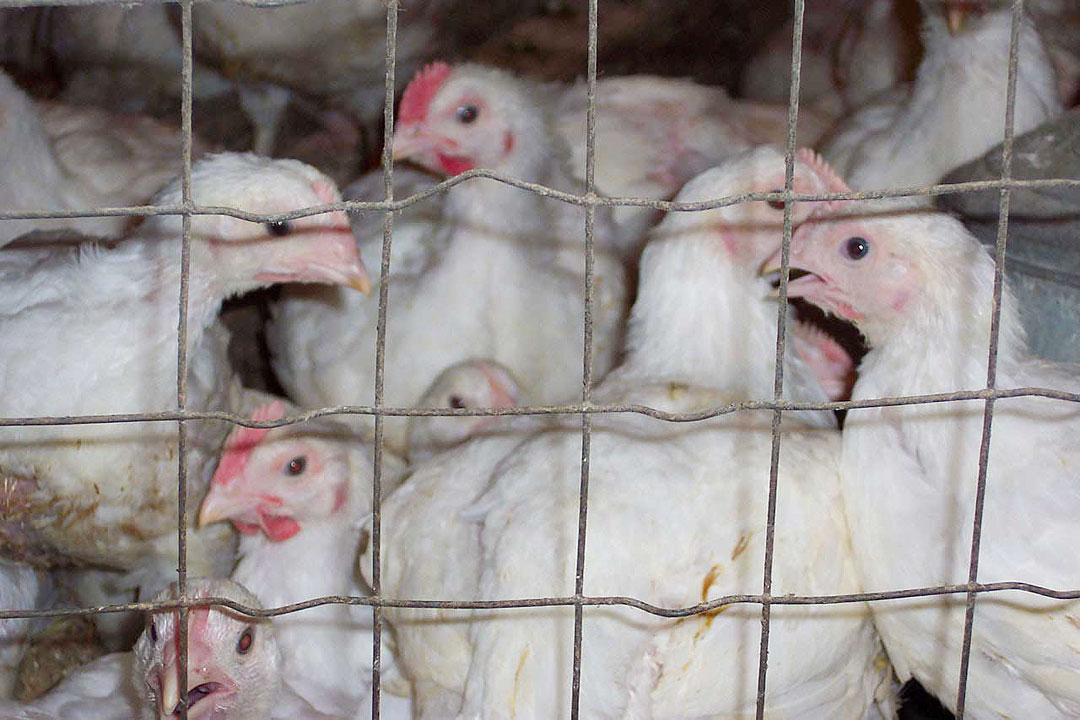
THE Bureau of Animal Industry (BAI) said the Philippines is still subject to outbreaks of type H5N1 avian influenza, first detected in February 2022.
The BAI said it has detected six cases overall since the first outbreak. The cases were reported in Candaba and Masantol, Pampanga; Sta. Maria, Bulacan; the Cagayan Valley; Sultan Kudarat, and Sampaloc, Manila.
“We had our first case… in February 2022. Since then, hindi naman po tayo nag-declare na naging AI-free na uli tayo (we have not declared ourselves AI-free). We haven’t recovered our AI-free status,” BAI Assistant Secretary Arlene Asteria V. Vytiaco said.
Previous outbreaks, according to Ms. Vytiaco, were recorded in 2017 and 2020.
She said the outbreak at a commercial farm in Sta. Maria, Bulacan resulted in the cull of 17,425 chickens.
Culling is resorted to when the BAI wishes to contain the spread of avian influenza to a certain area.
She said the impact of the cull on the egg supply is not significant.
“Not all of these were in the active laying stage as they ranged from 16 to 22 weeks old,” she said.
The BAI said the Bulacan farm got its stock from Pangasinan but it is still testing birds from the source farm.
The outbreaks involve quail in Pampanga, backyard gamecocks in the Cagayan Valley and Manila, ducks in Sultan Kudarat, and chickens in Bulacan.
All of the farms involved have been depopulated to prevent further spread, Ms. Vytiaco said.
One of the likely sources of bird flu is migratory birds mingling with farmed birds.
Ms. Vytiaco said the BAI grants cash assistance of up to P300,000 per poultry farm. — Sheldeen Joy Talavera



